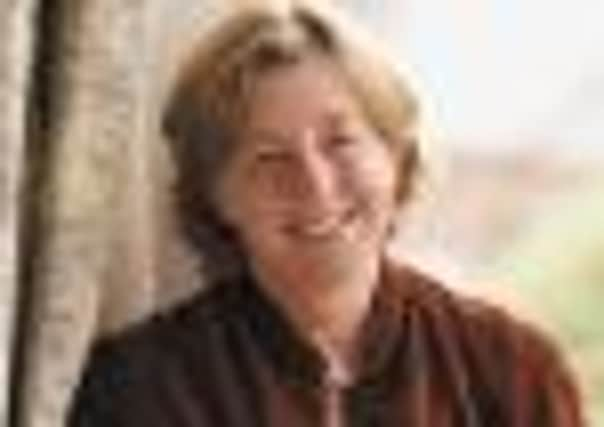Art on the battlefield and a lost generation


“What I am interested in is why human beings slaughter each other on a mass scale,” says novelist Pat Barker.
“Most other animals don’t do that. What is it about the nature of human beings that we do?”
Advertisement
Hide AdAdvertisement
Hide AdBarker’s latest book, Toby’s Room, focuses on the experiences of a group of young men and one young woman during the First World War. It is an era Barker has explored before, in the 1990s, in her powerful and moving Regeneration Trilogy – Regeneration, The Eye in the Door and the Booker prize-winning The Ghost Road. At the centre of the three novels was the pioneering work of Dr William Rivers in the treatment of the psychological trauma of war.
Barker was initially inspired to write about the First World War by family history. “My grandfather was bayoneted – he had a huge scar – and my step-father was gassed in the trenches at the age of 15,” she says.
What brought Barker back to “the war to end all wars” for Toby’s Room was writing one of her more recent novels, Double Vision (2003), which dealt with modern warfare and featured a photojournalist among its characters.
“It was about what can be shown and what can’t be shown and that started me thinking about the landscapes the artist Paul Nash painted during the First World War.
Advertisement
Hide AdAdvertisement
Hide Ad“It made me realise that our modern dilemmas were the same dilemmas that war artists were facing then.”
The book begins in 1912 and centres on the close relationship between medic Toby Brooke and his artist sister Elinor who share a dark secret. When Toby is reported “missing believed killed” in France in 1917, Elinor is desperate to find out what happened to him.
She enlists the help of fellow art student Kit Neville, recently returned from France horribly disfigured, and former lover, war artist Paul Tarrant to uncover the truth.
The narrative alternates between visceral descriptions of life in the trenches and Elinor’s experiences studying at the Slade School of Art under artist and surgeon Henry Tonks, like Rivers, a real historical figure.
Advertisement
Hide AdAdvertisement
Hide AdElinor eventually uses her artist’s skills to assist Tonks in his drawings of men with severe facial wounds before and after surgery. Damage and healing are themes running through the book, strands which also feature in the Regeneration Trilogy.
“Human resilience has always fascinated me,” says Barker. “And the way in which people who have suffered the most traumatic assault on their identity find some way of moving on.”
Writing Toby’s Room was time-consuming – this is her first novel in five years – and involved many hours of research into the work of Tonks and his team, something which Barker enjoyed greatly.
“It gets me out of the house for one thing,” she laughs. “Writing is about sitting alone in a room, so it’s good to be in other people’s company. I spent a lot of time in the archives looking through the drawings and photographs, which was horrendous, and I felt I got to know the individual men as I followed them through their treatment.”
Advertisement
Hide AdAdvertisement
Hide AdThe book celebrates the stoicism of those men in coming to terms with the brutal aftermath of war. “I think the reason we are so interested in the First World War is the shock of the loss of innocence and that shock still reverberates,” says Barker.
“The young men who went off to France and Belgium came back to a world that didn’t understand what they had been through – they couldn’t talk about it and they became a silent generation.”
With her latest novel, Pat Barker continues to give them a voice.
Toby’s Room, £16.99, is published by Penguin. Pat Barker will be appearing at Ilkley Literature Festival on Saturday, October 13. Tickets 01943 816714.
Novelist’s life in writing
Advertisement
Hide AdAdvertisement
Hide AdPat Barker was born in Thornaby on Tees in the North Riding of Yorkshire in 1943.
After attending grammar school in Knaresborough and Stockton-on-Tees, she studied international history at the London School of Economics.
Her first three novels – Union Street (1982), Blow Your House Down (1984) and Liza’s England (1986) focussed on the lives of working-class women in Yorkshire.
She is probably best known for the First World War-set Regeneration Trilogy – Regeneration (1991), The Eye in the Door (1993) and The Ghost Road (1995).